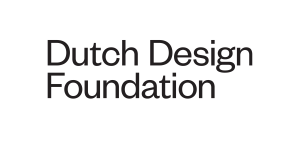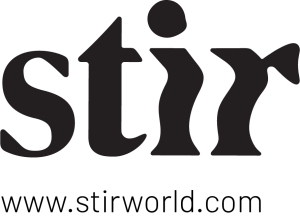Guiding designers with Driving Dutch Design
Driving Dutch Design is a programme focused on professionalization and networking. The initiative, created by ABN AMRO, the Association of Dutch Designers (BNO) and Dutch Design Foundation (DDF), aims to help designers become entrepreneurs. Founded in 2012, the programme has already produced many successful designers. Every year, 15 to 20 designers take the programme’s master classes to learn more about communication, financing and profiling. What’s more, participants get personal coaching from an ABN AMRO colleague throughout the entire process.
Creative collaboration with What if Lab
A matchmaking platform where DDF connects clients and designers: that's What if Lab. ABN AMRO is not only the main sponsor of DDW, but for the second year in a row has also called in the help of What if Lab. The assignment: 'What if financial security is not defined by gender? A social issue about financial independence and equal opportunities, which 3 selected design studios have translated into daily practice by means of design power. The selection committee has chosen one concept that is currently being developed into a prototype. This can be seen during DDW21.
The participating studios are Studio Tast, Afdeling Buitengewone Zaken and (ink). All 3 worked from May 2021 on a design that increases the financial independence of women. The concepts were presented to a jury at the end of July in Circl, the sustainable pavilion of ABN AMRO.
Designers Mitchell Jacobs and Marit van den Tempel of Studio Tast developed a physical tool for conversation, supplemented with augmented reality. By viewing the object through the screen of your phone, the user receives real-time information about financial choices. This enables you to better map out your current situation, dreams and goals. This not only makes the financial consequences of important decisions clearer, but also makes it easier to discuss them.
The social designers at Afdeling Buitengewone Zaken believe in the power of community. Their concept, an app, therefore offers both women and men useful information about money matters, but above all help and motivation to achieve financial goals. Large and small, step by step. By making these steps manageable and sharing them with the community, users can encourage each other to become more financially independent.
The third design studio is (ink). Founders Anna Noyons and Mayra Kapteyn and social designer Leonore Snoek see the start of parenthood as a crucial moment for (un)equality. They came up with a package that employers can give to expectant mothers and fathers, intended to review ingrained traditional role divisions. The content: everything you need to know about parenthood to keep work and home in balance. For example, information on maternity leave, working from home or less work. By stimulating conversations about this, partners can divide the roles at home and in their jobs with a fresh look.
Want to know who won? ABN AMRO and the jury chose the concept of (ink). The elaborate prototype of the box for future parents will be presented at DDW21 at the Equal Opportunities Pavilion of ABN AMRO. What the winning design is called and looks like will be announced at a later date.















